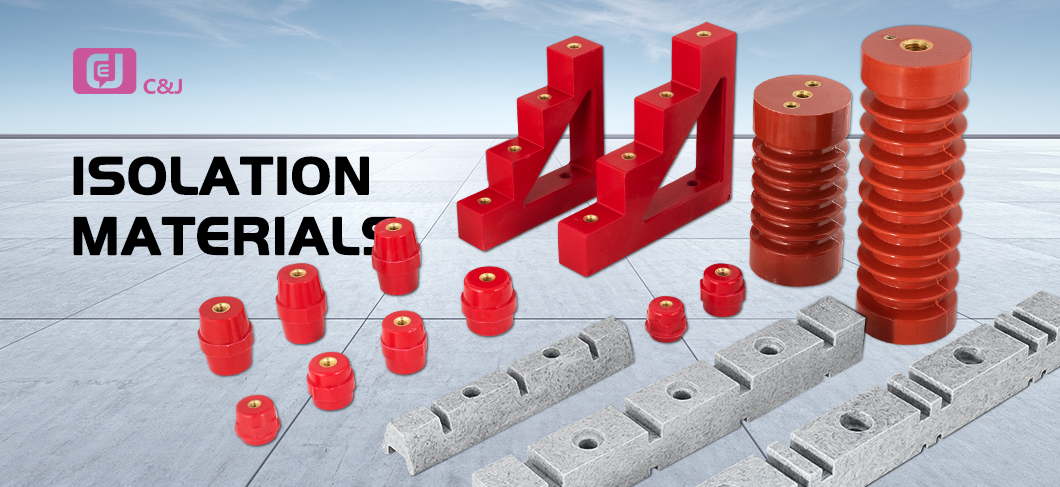Introduce:
In the field of electrical engineering, optimizing energy distribution and ensuring smooth operation is crucial. One component that plays a key role in achieving these goals is the terminal busbar. This innovative device acts as a power distribution system, helping to transmit power effectively and efficiently in a variety of applications. In this blog, we’ll delve into the world of terminal busbars and discuss their importance in modern electrical systems.
1. Understand the terminal busbar:
Terminal busbars are solid conductive rods that serve as the interface between power sources and loads in power distribution systems. Their primary function is to efficiently and safely transmit electricity from one location to another. These metal rods are typically made from high-quality copper or aluminum, chosen for their excellent conductivity and durability.
2. The importance of terminal bus in energy distribution:
a) Enhanced power transfer: Terminal buses provide low resistance power paths, minimizing power losses and ensuring maximum energy transfer. Their high current-carrying capacity enables seamless transfer of power, reducing voltage drops and increasing the overall efficiency of the system.
b) Compact and space-saving design: Terminal bus bars provide a compact and space-saving alternative to traditional wiring systems. By combining multiple outgoing and incoming wires into a single line, they simplify the power distribution layout and simplify the installation process. This streamlined design saves valuable space, enhances system accessibility, and improves overall aesthetics.
c) Improved thermal performance: The larger surface area of the terminal bus helps dissipate the heat generated during power transmission. Its efficient heat dissipation prevents overheating issues and ensures stable operation even under high electrical loads.
d) Flexibility and scalability: Terminal busbars provide unparalleled flexibility in system design, allowing them to adapt to a variety of applications and installation requirements. They can easily adapt to electrical system changes and expansions, allowing for easy expansion without disrupting the overall infrastructure.
3. Practical applications of terminal busbars:
a) Power distribution system: Terminal buses form the backbone of power distribution systems in industries such as manufacturing, renewable energy, data centers and large buildings. They facilitate the flow of electricity from the power source to various loads, ensuring reliable and stable power supply.
b) Switchgear and Control Panels: Terminal busbars play a vital role in switchgear and control panels, connecting different equipment, circuit breakers and switches. Its compact design allows for efficient organization while simplifying maintenance and troubleshooting.
c) Electric vehicles: As the world moves towards sustainability, electric vehicles (EVs) are becoming increasingly popular. The terminal bus is an important part of the electric vehicle charging system, enabling efficient power transmission between the charging station and the vehicle.
4. Select the correct terminal busbar:
When selecting terminal busbars, factors such as rated current, voltage level, short-circuit withstand capability, insulation performance and environmental conditions should be considered. Work with experienced electrical engineers and manufacturers to ensure the right terminal bus solution for your specific application.
In summary:
Terminal busbars have revolutionized energy distribution systems, providing reliable, efficient and space-saving solutions for power transmission in a variety of applications. Their ability to enhance power transmission, simplify installation, facilitate scalability and ensure thermal efficiency make them an indispensable component of modern electrical systems. By understanding its importance and leveraging its advantages, engineers can build a resilient and robust power infrastructure capable of meeting the changing energy demands of the future.
Post time: Dec-08-2023


